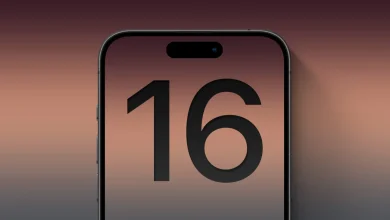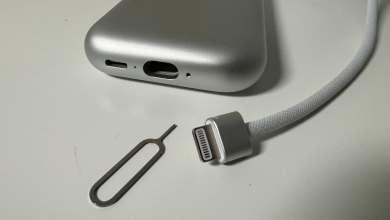Apple Finally Finished Shifting from Intel, Quarterly Results Show

It took Apple almost three years, but with the release of the Mac Pro powered by its M2 Ultra processor, it was officially done switching from Intel’s CPUs to its own system-on-chips. Mac users were motivated to update, and Windows users were enticed to make the switch. New customers accounted for roughly half of Apple’s PC sales in the second quarter.
“This past quarter, we were pleased to complete the transition to Apple Silicon for the entire lineup,” stated Tim Cook, Apple’s chief executive, during a conference call with analysts and investors (via SeekingAlpha). This shift can be attributed to strong upgrade activity and a large influx of new consumers. Nearly half of Mac purchasers were first-time users during the period in question. Customer satisfaction with Macs in the United States was reportedly 96%.
Apple’s Market Share
Indeed, the shift to Apple Silicon helped Apple increase Mac computer sales and expand the company’s market share. With 4.077 million Macs shipped in Q2 2019, the business held a 6.3% PC market share. With 5.3 million PCs sold in Q2 2023, the business held 8.6% of the market share. In the first quarter of 2022, the company supplied 7.342 million personal computers (PCs), a large portion of which were either brand-new purchases or upgrades for existing customers.
Apple is able to maximise performance in specific applications by integrating a variety of special-purpose accelerators into its SoCs, a feat made possible by the company’s complete control over both the hardware and software. It also enables the company to fine-tune its software for these SoCs, which should result in fewer bugs and better performance.
Higher Profit Margins for Apple
Last but not least, since it no longer needs to pay Intel for CPUs, the corporation may increase its profit margins. Users who require high-performance GPUs will be disappointed to learn that Apple, as part of its switch to Apple Silicon, no longer supports third-party GPUs with its Mac Pro PCs.
Macs brought in $6.8 billion in revenue for Apple during Q2 2023, down 7% year-over-year. This was in line with the overall decline in the PC market, down 13.4% year-over-year in unit shipments. According to IDC, Q2 2023 was the first quarter in which Apple sold more PCs than in Q2 2022.
Many new computer users likely purchased low-priced PCs, which may explain why Apple’s Mac revenue was down despite unit sales rise. However, in Q2 2022, the company began aggressively promoting its high-end MacBook Pros powered by the M2 Pro and M2 Max.
Apple’s Growth Against Competitors
Apple’s PC division clearly outperformed Lenovo, Dell, and Acer’s PC divisions in Q2 2023, at least in terms of unit sales growth. In the meanwhile, Apple forecasts a quarterly drop in income from Macs and iPads.
Due to tough comparisons, particularly on the Mac, “we expect the revenue for both Mac and iPad to decline by double digits year over year,” stated Cook. A year ago, “for both products, we experienced supply disruptions from factory shutdowns in the June quarter and were able to fulfil significant pent-up demand in the year-ago September quarter.”





